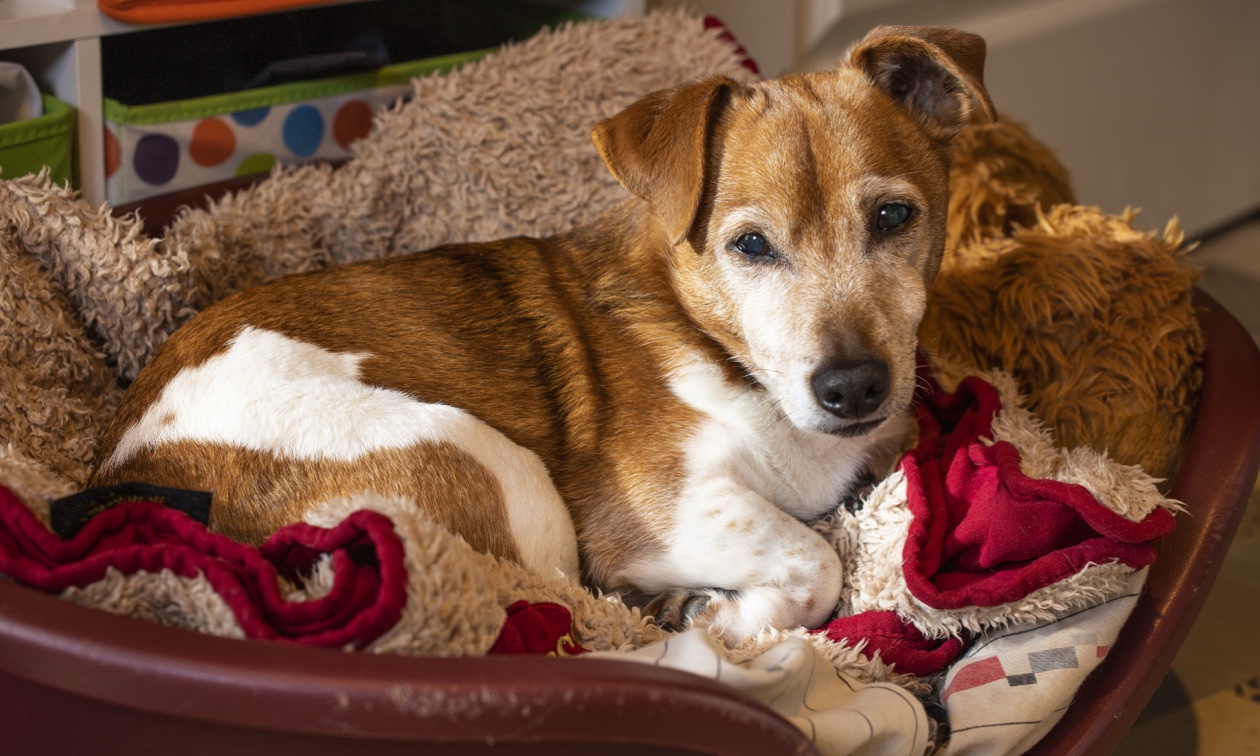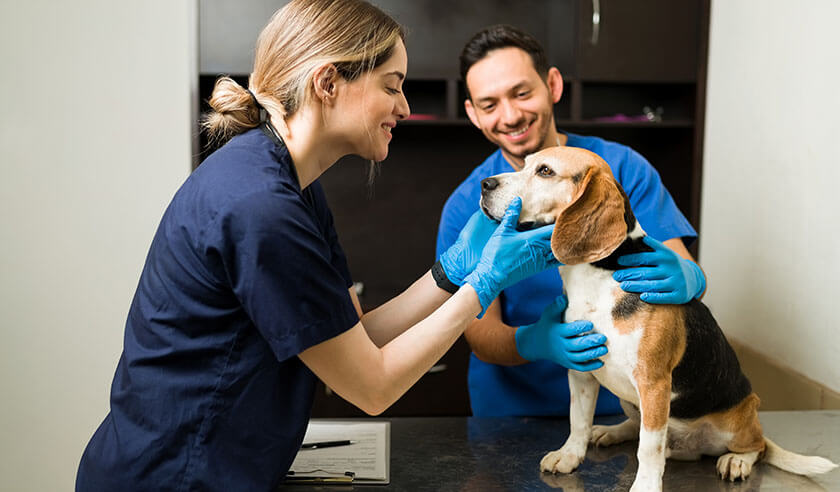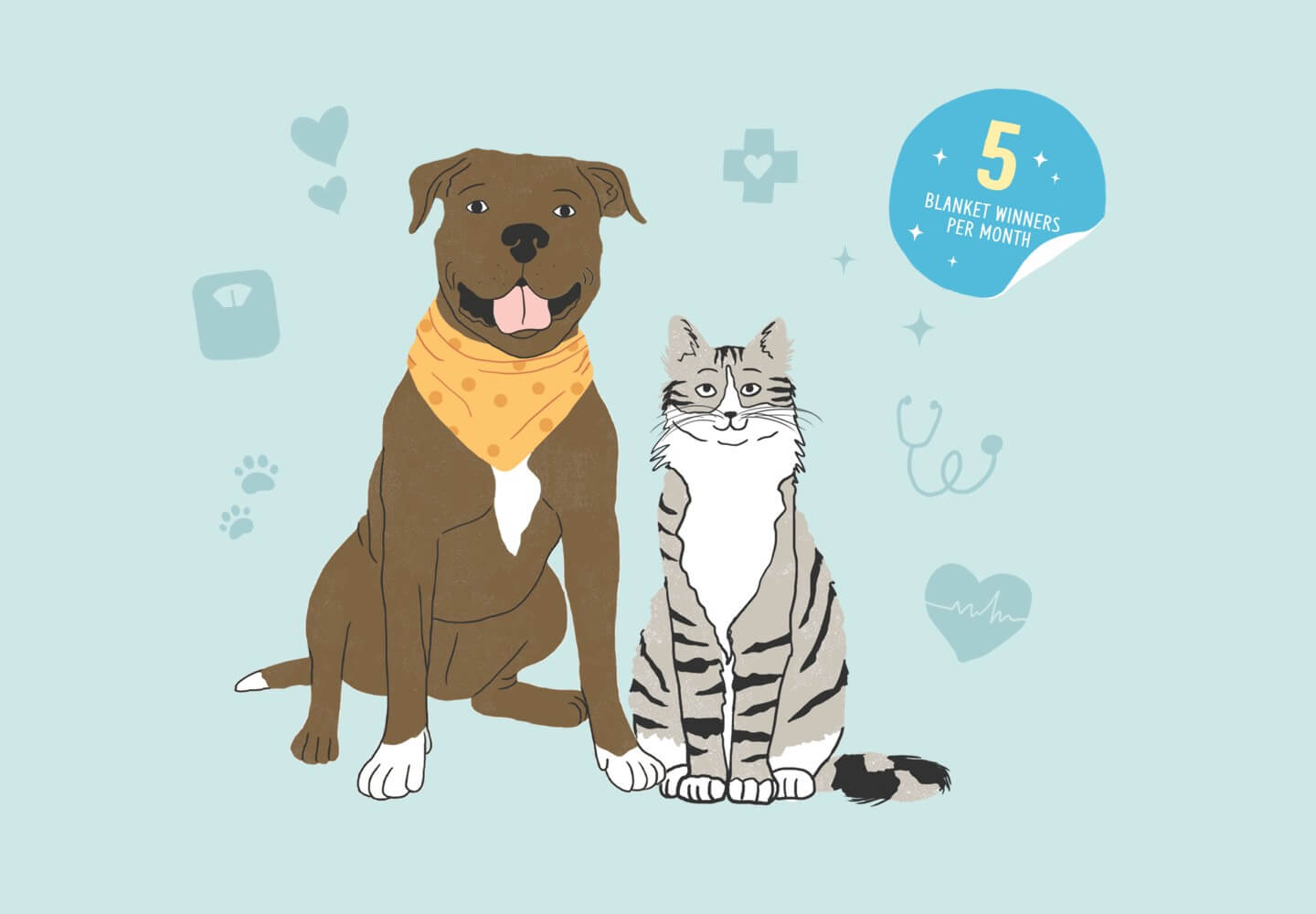Orthopedic surgery is any surgery that involves your dog’s skeletal system and the bones, joints, tendons, muscles, ligaments, and cartilage associated with it. Orthopedic surgery aims to improve your dog’s quality of life by easing pain, re-establishing function and stability, and bettering your dog’s range of motion.
While many orthopedic issues can be managed using medications and/or non-surgical treatments, there are times that surgery is necessary to relieve your dog’s symptoms and enhance their quality of life. When armed with a little knowledge you can make informed decisions, plan ahead, and get your dog through the procedure and recovery so they can get back to chasing balls and jumping on the couch.
Common Conditions That Require Orthopedic Surgery for Dogs
The most common reasons for orthopedic procedures performed on dogs include:
Bone Fracture Repairs
Trauma is the most widespread reason dogs break bones. For the fractured bone to mend properly, veterinary surgeons often perform bone plating, pinning, and/or wiring procedures.
Cranial Cruciate Ligament Tear (CCL)
This is similar to an ACL tear in humans. This condition occurs when the knee ligament experiences tearing, over-stretching, or breaking down (degenerates), causing discomfort, instability, and abnormal joint movement. Three common corrective procedures are tibial tuberosity advancement (TTA), tibial-plateau-leveling osteotomy (TPLO), and extracapsular suture repair. Your veterinarian will recommend the best option for your dog based on your dog’s age, weight, size, and breed, and the surgeon’s procedure preference.
Patella Luxation
When the patella (kneecap) moves out of its normal location, sudden lameness occurs. But it lasts only a short period once the patella relocates to its proper position. Over time, episodes of lameness may increase in length and frequency, and the patella will sometimes remain in the dislocated position without surgery. Chronic abnormal movement of the patella may increase the risk for arthritis development in the affected knee. The surgical correction may require deepening of the femoral groove (where the patella sits), tightening and/or loosening the soft tissues in the knee to help the patella stay in the desired position, and/or tibial crest transposition.
Hip Dysplasia
This condition is a result of abnormal development of the hip joint. It results in pain that affects the surrounding muscles, tendons, and nerves. With progression, arthritic conditions occur. The corrective surgery could be a femoral head ostectomy (FHO), a double or triple pelvic osteotomy (DPO/TPO), or a hip replacement.
Elbow Dysplasia
This is an abnormal development of the elbow joint. It results in discomfort and irregular gaits for dogs. Surgical correction can involve arthroscopic treatments, osteotomies (bone cuts) to realign the bone, or a combination of both.
Intervertebral Disc Disease (IVDD)
This condition occurs when the disc (cushion) between the vertebrae bulges, protrudes, or extrudes and places pressure on the spinal cord and nerve roots. When the spinal cord or nerve roots are compressed, dogs exhibit neurologic signs such as weakness, paralysis, decreased sensation in the skin, etc. One or more of the following procedures may be done: hemilaminectomy, laminectomy, fenestration, ventral slot, or vertebral stabilization (fusion).
How to Prepare for Your Dog’s Orthopedic Surgery
As a pet owner, just hearing the word “surgery” creates all levels of anxiety — but we can take control to lessen and eliminate that anxiety by knowing what to expect and planning ahead. Have a prepared list of questions for your veterinarian and veterinary surgeon, such as:
- What is my dog’s diagnosis?
- What are the different treatment options?
- What procedure(s) are you recommending?
- What are the complications and risks involved with the procedure(s)?
- What happens during the surgical procedure?
- How long does the surgery take to perform?
- What is my dog’s prognosis without and with surgery?
- What are all the costs involved?
- What preparations do I need to make before surgery?
- What will my dog’s recovery be like after surgery?
- How long will they be hospitalized?
- Will antibiotics be needed?
- How will pain be managed?
- How will their anesthesia-related nausea and/or vomiting be managed?
- What food can I give if they’re nauseous?
- How long is recovery?
- What restrictions will my dog have following surgery and for how long?
- Will my dog need physical therapy following their procedure?
Orthopedic surgery for dogs requires your dog to wear an Elizabethan collar — the dreaded “cone”. Ask your veterinarian for one before surgery so you can get your dog accustomed to wearing it.
Since your dog will likely need to have restricted activity and confinement, be sure they are comfortable in a size-appropriate crate or small room with no-slip floors. Remove any furniture your dog may jump or climb on from this room.
To make the recovery process simpler, purchase ramps, slings, etc., before the procedure and work with your dog so they are comfortable using them. Attempting to teach your dog to use a ramp or have a sling on after the surgery can result in further injury to them and stress for you.
What Happens When You Drop Your Dog Off for Orthopedic Surgery?
When your dog is taken to the back room of the veterinary or surgical clinic, the veterinary team will develop a customized plan of action and anesthetic protocol. This is based on your dog’s age, breed, current health, and the procedure to be performed.
Next, a blood sample may be obtained (if lab work wasn’t already performed at a prior preparatory visit) and another physical examination will be done. Your dog will be given a mild sedative to calm them and control pain. Their kennel will be prepped for comfort and warmth. From this point on, they will be closely monitored by the staff and doctor.
When the sedative has adequately calmed your dog and made them sleepy, an intravenous catheter will be placed so they can receive IV fluids. This will help maintain blood pressure, keep them hydrated, and replace electrolytes. Additional sedation will be given, and an endotracheal tube will be placed to help your dog breathe and control the inhaled anesthesia.
After your dog is fully sedated, additional radiographs or advanced imaging may be performed. If this isn’t necessary, your dog will be prepped, and the procedure will begin. This involves:
- Lubricating their eyes to prevent irritation and dryness.
- Clipping the hair in a wide area around the surgical site.
- Properly cleaning the surgical site to cleanse and disinfect the skin.
- Moving your dog to the surgical room for the procedure.
- Monitoring equipment is placed which generally includes electrocardiogram (EKG) leads, a blood pressure cuff, a thermometer, and a pulse oximeter.
- Following the procedure, additional radiographs may be taken.
- Once the entire surgical process is completed, your dog will be moved to a recovery room where they will wake up from surgery.
- They will be closely monitored until they can sit up on their own after the endotracheal tube is removed. At this point, a veterinary staff member will call you.
- Regular monitoring will follow until your dog is discharged from the hospital.
What is Recovery Like After Orthopedic Surgery for Dogs?
Almost all orthopedic surgeries require a lengthy recovery period. Mild orthopedic procedures may only require two weeks of exercise restriction, but more commonly, a minimum of six weeks or more is needed. After the first six weeks, many dogs must continue to have limitations placed on activity for a period of four to six months. During this time, it is often recommended that your dog receive physical rehabilitation with a trained professional.
It is critical to make all the necessary pre-surgical preparations and follow all your veterinarian’s discharge instructions very closely to have the most successful surgical outcome for your dog.
ZPC-01597R1





